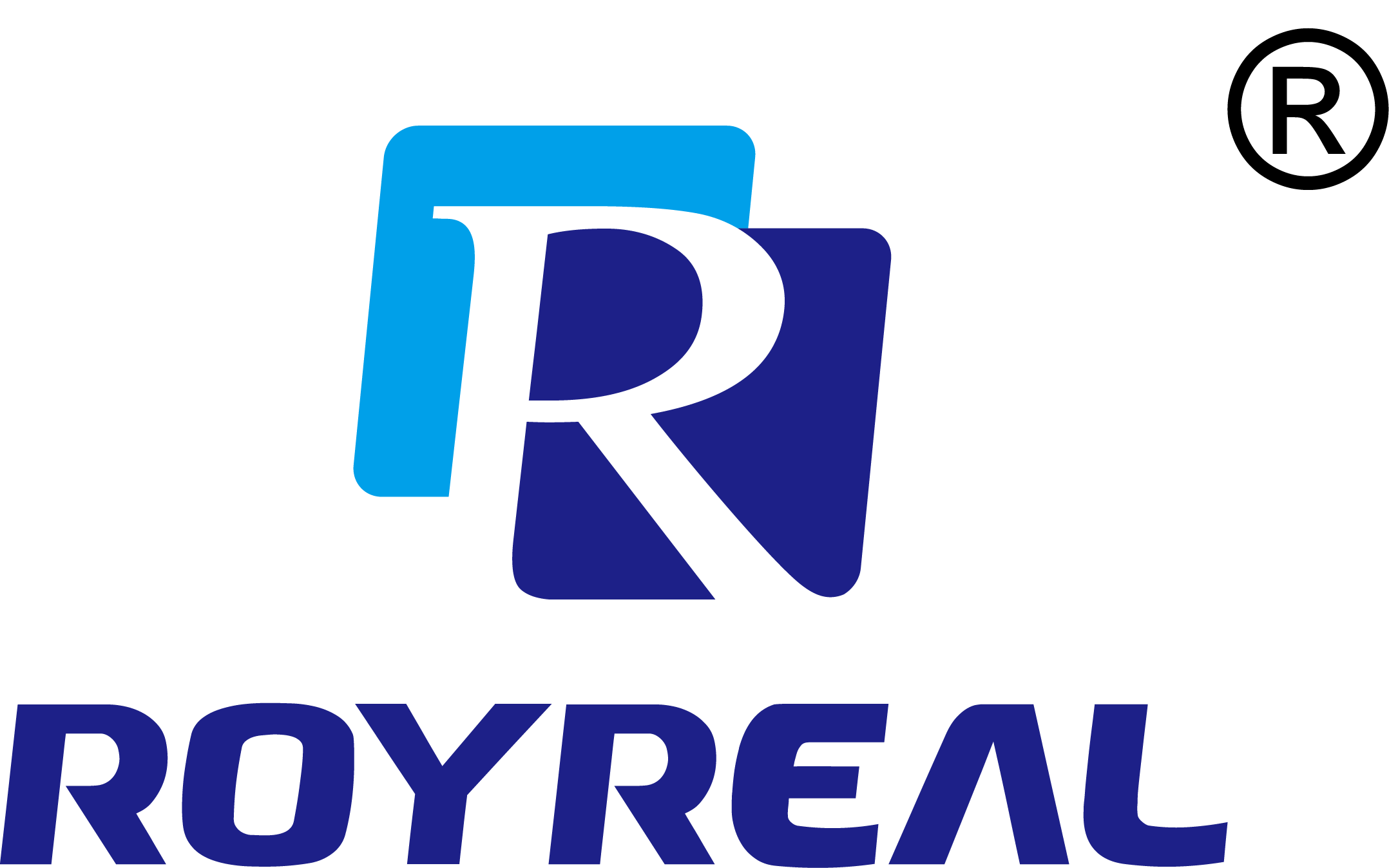The Role of Wet Gas Meters in Enhanced Oil Recovery: Revolutionizing the Efficiency and Accuracy of Oil Production
Category: Industry News
Time:2024-12-09
Table of Contents:
1. Introduction: The Evolution of Oil Production
2. Wet Gas Meters: An Overview
3. The Importance of Wet Gas Meters in Enhanced Oil Recovery
3.1 Maximizing Efficiency in Oil Extraction
3.2 Accurate Measurement of Gas and Liquid Components
3.3 Real-Time Data Analysis for Optimal Decision-Making
4. Wet Gas Meters vs. Traditional Methods: A Comparative Analysis
4.1 Traditional Methods: Their Limitations and Drawbacks
4.2 Wet Gas Meters: Advantages and Innovations
5. Challenges and Solutions in Implementing Wet Gas Meters
5.1 Calibration and Maintenance Considerations
5.2 Integration with Existing Oil Production Infrastructure
6. Case Studies: Success Stories of Wet Gas Meter Implementation
6.1 Case Study 1: Company X's Enhanced Oil Recovery Journey
6.2 Case Study 2: Revolutionizing Offshore Oil Production with Wet Gas Meters
7. Frequently Asked Questions (FAQs)
7.1 What is the role of wet gas meters in enhanced oil recovery?
7.2 How do wet gas meters improve efficiency in oil extraction?
7.3 Can wet gas meters accurately measure gas and liquid components?
7.4 Are wet gas meters compatible with existing oil production infrastructure?
7.5 What are the challenges in implementing wet gas meters?
8. Conclusion: Embracing the Future of Oil Production with Wet Gas Meters
1. Introduction: The Evolution of Oil Production
The oil industry has undergone significant transformations over the years, and enhanced oil recovery (EOR) techniques have played a crucial role in maximizing oil extraction from reservoirs. One of the key advancements in EOR is the utilization of wet gas meters, which have revolutionized the efficiency and accuracy of oil production processes.
2. Wet Gas Meters: An Overview
Wet gas meters are specialized devices used to measure the flow rates of gas and liquid components in wet gas streams. These meters employ advanced technology to handle the inherent challenges of multiphase flow, ensuring reliable and precise measurements. By accurately quantifying the gas and liquid fractions, wet gas meters provide valuable data that aids in optimizing oil production operations.
3. The Importance of Wet Gas Meters in Enhanced Oil Recovery
3.1 Maximizing Efficiency in Oil Extraction
In EOR operations, every drop of oil matters. Wet gas meters play a pivotal role in maximizing efficiency by accurately monitoring the flow rates of gas and liquid phases in real-time. This information enables operators to adjust production parameters, such as injection rates and pressure differentials, to optimize oil recovery. Consequently, the overall productivity and profitability of oil fields significantly improve.
3.2 Accurate Measurement of Gas and Liquid Components
Accurate measurement of gas and liquid fractions is critical in EOR processes. Wet gas meters utilize advanced algorithms and sensors to differentiate between gas and liquid phases within the multiphase flow. This precise measurement allows operators to track the performance of individual phases, adapt their strategies accordingly, and minimize losses or inefficiencies.
3.3 Real-Time Data Analysis for Optimal Decision-Making
Real-time data analysis is a cornerstone of modern oil production. Wet gas meters provide continuous, reliable data that can be analyzed, interpreted, and translated into actionable insights. This real-time information empowers operators to make informed decisions promptly, leading to enhanced operational efficiency and improved oil recovery rates.
4. Wet Gas Meters vs. Traditional Methods: A Comparative Analysis
4.1 Traditional Methods: Their Limitations and Drawbacks
Traditional methods of measuring wet gas flow, such as orifice plates and turbine meters, have limitations when it comes to accuracy and reliability. These methods struggle with multiphase flow and often require manual corrections, leading to potential errors and inaccuracies. Additionally, traditional meters may not provide real-time data, making it challenging to make timely decisions in dynamic oil production environments.
4.2 Wet Gas Meters: Advantages and Innovations
Wet gas meters offer several advantages over traditional methods. With their ability to handle multiphase flow, wet gas meters provide accurate measurements without the need for manual corrections. Moreover, they offer real-time data analysis capabilities, enabling operators to respond promptly to changing well conditions. Modern wet gas meters also boast advanced features like automatic calibration, self-diagnosis, and remote monitoring, further enhancing their efficiency and reliability.
5. Challenges and Solutions in Implementing Wet Gas Meters
5.1 Calibration and Maintenance Considerations
The implementation of wet gas meters requires careful calibration and periodic maintenance to ensure accurate readings. Calibration procedures should be performed in accordance with industry standards, and regular maintenance checks should be scheduled to identify and address any potential issues. By adhering to proper calibration and maintenance practices, operators can maintain the integrity and accuracy of wet gas meter measurements.
5.2 Integration with Existing Oil Production Infrastructure
Integrating wet gas meters into existing oil production infrastructure can present challenges due to variations in equipment compatibility and communication protocols. However, with proper planning and collaboration between meter manufacturers and oilfield operators, these integration challenges can be overcome, allowing for seamless implementation and utilization of wet gas meters.
6. Case Studies: Success Stories of Wet Gas Meter Implementation
6.1 Case Study 1: Company X's Enhanced Oil Recovery Journey
Company X, a leading oil producer, embarked on an extensive EOR project with wet gas meters at the core of their operations. By leveraging the accurate measurements provided by wet gas meters, Company X was able to fine-tune their production parameters, resulting in a substantial increase in oil recovery rates. This successful implementation showcased the significant role wet gas meters play in driving efficiency and profitability in the oil industry.
6.2 Case Study 2: Revolutionizing Offshore Oil Production with Wet Gas Meters
Offshore oil production presents unique challenges, including harsh environmental conditions and limited operational space. Wet gas meters have proven to be invaluable in overcoming these challenges by providing accurate flow measurements in real-time. By leveraging this data, offshore operators have improved their decision-making processes, leading to more efficient and cost-effective oil production.
7. Frequently Asked Questions (FAQs)
7.1 What is the role of wet gas meters in enhanced oil recovery?
Wet gas meters play a crucial role in enhancing oil recovery by providing accurate measurements of gas and liquid components in multiphase flow. These measurements enable operators to optimize production parameters and increase oil recovery rates.
7.2 How do wet gas meters improve efficiency in oil extraction?
Wet gas meters improve efficiency in oil extraction by providing real-time data on gas and liquid flow rates. This information allows operators to make informed decisions and adjust production parameters, ultimately maximizing oil recovery and reducing operational costs.
7.3 Can wet gas meters accurately measure gas and liquid components?
Yes, wet gas meters utilize advanced technology and algorithms to accurately measure gas and liquid components within multiphase flow. These meters have undergone rigorous testing and calibration to ensure reliable and precise measurements.
7.4 Are wet gas meters compatible with existing oil production infrastructure?
Wet gas meters can be integrated into existing oil production infrastructure with proper planning and collaboration. Equipment compatibility and communication protocols should be addressed during the implementation process to ensure seamless integration.
7.5 What are the challenges in implementing wet gas meters?
Implementing wet gas meters may pose challenges such as calibration requirements and integration with existing infrastructure. However, with adherence to industry standards and collaboration between meter manufacturers and operators, these challenges can be overcome effectively.
8. Conclusion: Embracing the Future of Oil Production with Wet Gas Meters
Wet gas meters have revolutionized the oil industry by providing enhanced accuracy and efficiency in oil production processes. These advanced devices play a vital role in optimizing oil recovery rates, facilitating real-time decision-making, and ultimately driving profitability. By embracing the use of wet gas meters, the oil industry can unlock new levels of productivity and success in the dynamic landscape of enhanced oil recovery.
Keywords:
 EN
EN RU
RU SP
SP
